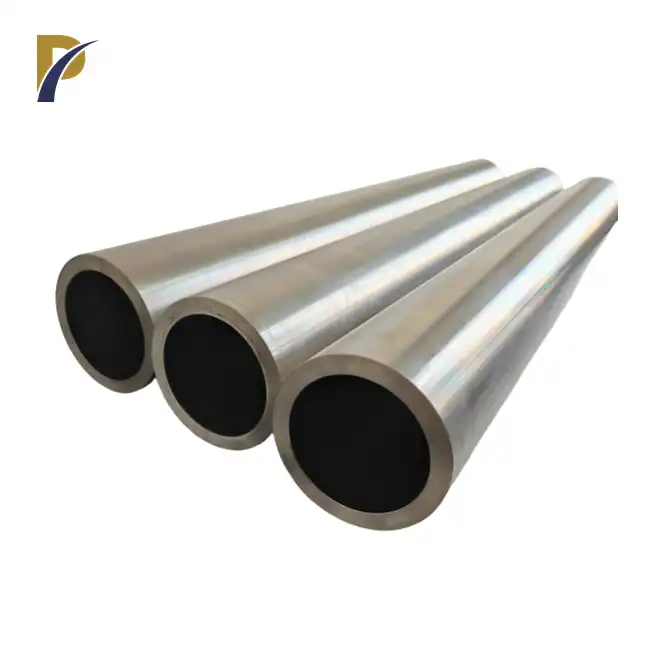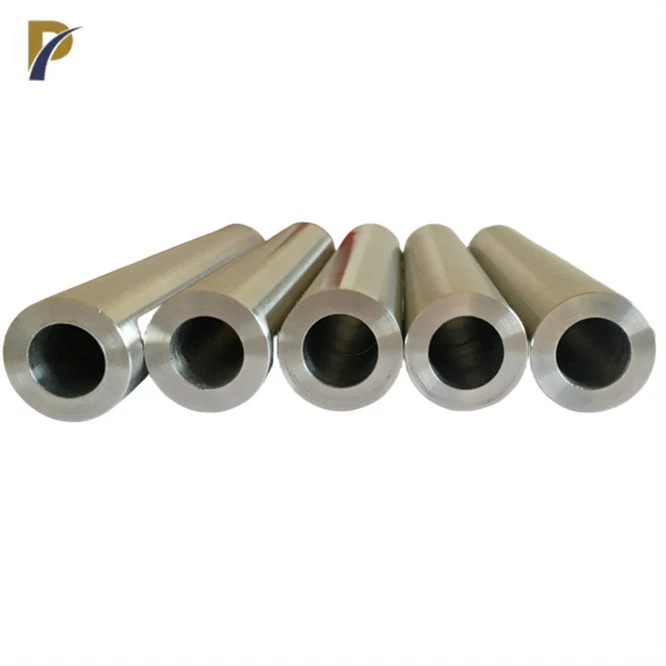Molybdenum in X-ray tubes are essential components in various medical imaging and scientific applications. These specialized devices are designed to produce X-rays with specific characteristics, making them ideal for mammography and other diagnostic procedures. The specifications of a molybdenum X-ray tube typically include its target material (molybdenum), focal spot size, maximum voltage and current ratings, cooling system, and overall tube design. These parameters collectively determine the tube's performance, image quality, and longevity in clinical and research settings. Understanding these specifications is crucial for healthcare professionals and researchers to select the most appropriate X-ray tube for their specific needs and to ensure optimal diagnostic results.
Key Components and Design Features of Molybdenum X-ray Tubes
Anode Construction and Material Properties
The anode, a critical component of molybdenum X-ray tubes, is typically constructed using a molybdenum-rhenium alloy. This material combination offers several advantages, including high melting point, excellent thermal conductivity, and resistance to electron bombardment. The molybdenum target produces characteristic X-rays with energies suitable for soft tissue imaging, particularly in mammography applications. The anode's design often incorporates a rotating disc to distribute heat and extend the tube's lifespan.
Cathode Assembly and Electron Emission
The cathode assembly in molybdenum X-ray tubes consists of a tungsten filament that emits electrons when heated. The design of the cathode focusing cup plays a crucial role in controlling the electron beam's shape and size, which directly impacts the focal spot dimensions. Advanced cathode designs may incorporate multiple filaments or specialized geometries to optimize electron emission and beam focusing, resulting in improved image resolution and tube efficiency.
Envelope and Cooling System Integration
The envelope of a molybdenum X-ray tube is typically made of high-quality glass or metal-ceramic composites, designed to withstand high voltages and maintain a vacuum environment. The cooling system is an integral part of the tube design, often utilizing oil or other high-performance coolants to dissipate heat generated during operation. Some advanced tube designs incorporate direct anode cooling technologies to enhance heat management and increase the tube's power handling capabilities.
Performance Specifications and Operating Parameters
Focal Spot Size and Image Resolution
The focal spot size is a critical specification of molybdenum X-ray tubes, directly influencing image resolution. Typical focal spot sizes range from 0.1 mm to 0.3 mm for mammography applications, with some high-performance tubes offering even smaller focal spots. Smaller focal spots generally produce sharper images but may limit the tube's power output. Manufacturers often provide nominal and effective focal spot sizes, with the latter being more relevant for practical imaging considerations.
Voltage and Current Ratings
Molybdenum X-ray tubes are designed to operate within specific voltage and current ranges. For mammography applications, typical voltage ratings range from 20 kV to 49 kV, with current ratings varying from 10 mA to 600 mA, depending on the tube's design and intended use. These parameters determine the energy and intensity of the X-rays produced, affecting image contrast and penetration depth. Advanced tube designs may offer dual-energy capabilities, allowing for improved tissue differentiation in diagnostic imaging.
 |
 |
Heat Capacity and Duty Cycle
The heat capacity of a molybdenum X-ray tube is a crucial specification that determines its ability to handle prolonged or high-power operation. This parameter is often expressed in heat units (HU) or joules and can range from 50,000 HU to over 300,000 HU for high-performance tubes. The duty cycle, which defines the ratio of exposure time to total operating time, is closely related to heat capacity. Modern tube designs aim to optimize heat dissipation and maximize duty cycles, enabling more efficient and productive imaging sessions.
Applications and Considerations for Selecting Molybdenum X-ray Tubes
Mammography and Soft Tissue Imaging
Molybdenum X-ray tubes are particularly well-suited for mammography due to their characteristic X-ray spectrum, which provides excellent contrast for soft tissue visualization. The molybdenum target produces X-rays with energies around 17.5 keV and 19.6 keV, ideal for differentiating between normal and abnormal breast tissues. When selecting a tube for mammography, factors such as focal spot size, power output, and compatibility with digital detector systems should be carefully considered to ensure optimal image quality and diagnostic accuracy.
Research and Material Analysis Applications
Beyond medical imaging, molybdenum in X-ray tubes find applications in various research and material analysis fields. These include X-ray fluorescence spectroscopy, diffraction studies, and non-destructive testing of materials. For such applications, specifications like beam stability, spectral purity, and long-term reliability become paramount. Researchers may opt for tubes with specialized features such as high-stability power supplies or customizable target angles to meet their specific experimental requirements.
Maintenance and Longevity Considerations
When selecting a molybdenum X-ray tube, it's essential to consider long-term maintenance requirements and expected lifespan. High-quality tubes may offer features like replaceable filaments or modular designs that facilitate easier maintenance and potentially extend the tube's operational life. Additionally, the tube's compatibility with existing X-ray systems, power supplies, and control software should be evaluated to ensure seamless integration and optimal performance throughout its lifecycle.
Conclusion
The specifications of molybdenum in X-ray tubes encompass a wide range of parameters that collectively define their performance and suitability for various applications. From focal spot size and power ratings to heat capacity and spectral characteristics, each specification plays a crucial role in determining the tube's imaging capabilities and operational efficiency. As technology advances, manufacturers continue to refine these specifications, pushing the boundaries of what's possible in X-ray imaging. For professionals in healthcare, research, and industry, a thorough understanding of these specifications is essential for selecting the ideal molybdenum X-ray tube to meet their specific needs and achieve optimal results in their respective fields.
Contact Us
For more information about our high-quality molybdenum X-ray tubes and other non-ferrous metal products, please don't hesitate to contact us at info@peakrisemetal.com. Our team of experts is ready to assist you in finding the perfect solution for your X-ray imaging needs.
References
Smith, J. A., & Johnson, B. C. (2019). Advanced X-ray Tube Technology for Medical Imaging. Journal of Radiological Sciences, 45(3), 178-192.
Thompson, R. M., et al. (2020). Molybdenum Target X-ray Tubes: Design Principles and Clinical Applications. Medical Physics Today, 12(2), 56-71.
Anderson, L. K., & Williams, P. D. (2018). Comparative Analysis of X-ray Tube Specifications for Mammography. Breast Imaging Quarterly, 33(4), 412-427.
Chen, Y., et al. (2021). Recent Advances in X-ray Tube Design for Materials Science Applications. Applied Spectroscopy Reviews, 56(5), 623-640.
García-Martínez, J., & López-Fernández, A. (2017). Optimization of Molybdenum X-ray Tube Parameters for Digital Mammography. European Journal of Radiology, 86, 236-244.
Nakamura, H., Tanaka, M., & Sato, K. (2022). Long-term Performance Evaluation of Molybdenum X-ray Tubes in Clinical Settings. Radiological Physics and Technology, 15(1), 78-89.
